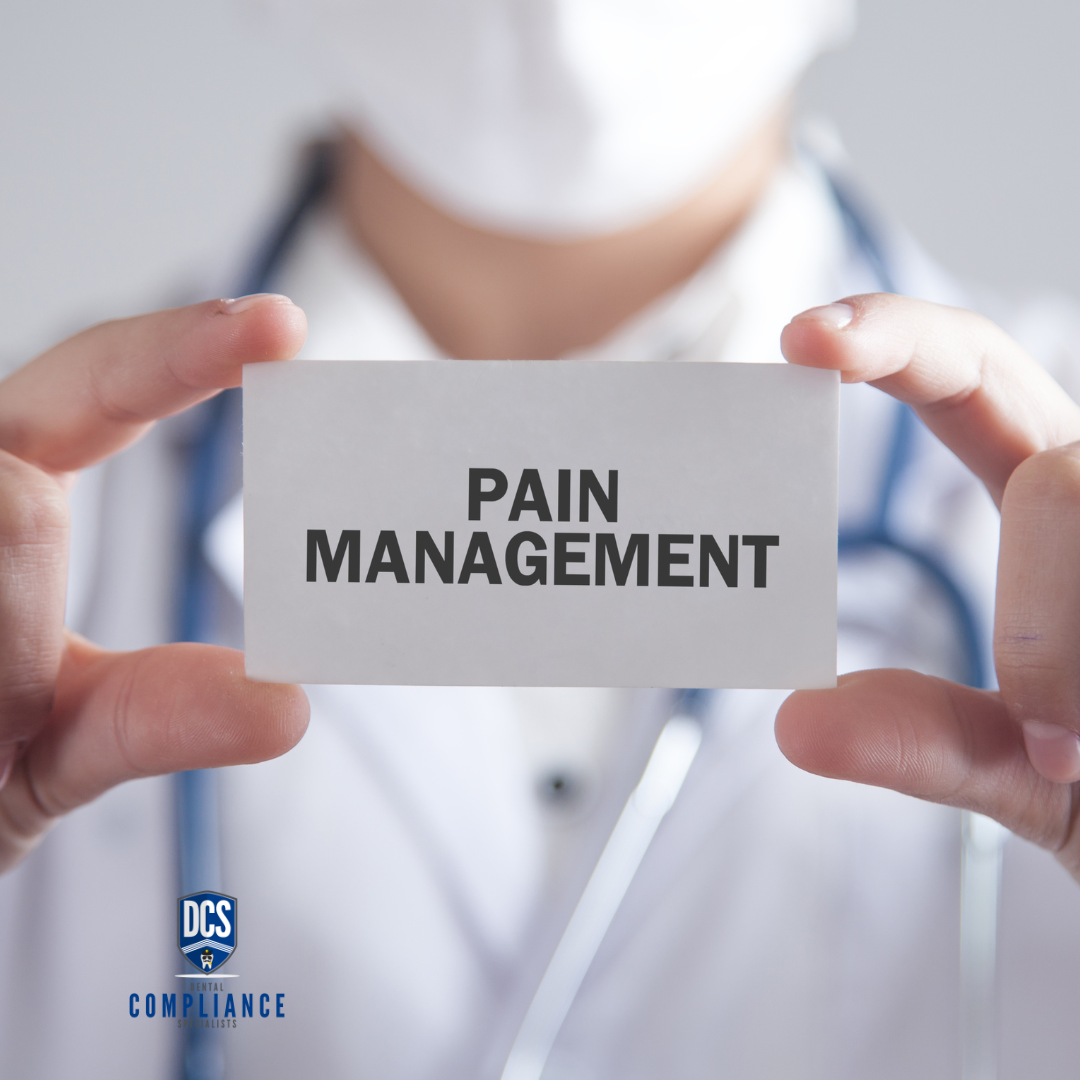Written by Duane Tinker, NREMT
Dental emergencies can occur at any time and often involve significant pain for the patient. As dental professionals, understanding how to effectively manage this pain is crucial to providing relief and ensuring patient comfort. In this blog post, we will delve into the important dos and don'ts of pain management in dental emergencies, equipping dental teams with the knowledge to handle these situations effectively and compassionately.
Understanding Pain in Dental Emergencies
Pain in dental emergencies can arise from various conditions, such as dental abscesses, broken or dislodged teeth, or severe tooth decay. Recognizing and understanding the source of the pain can guide dental professionals in implementing appropriate pain management strategies.
The Dos of Pain Management in Dental Emergencies
- Do assess the patient's pain thoroughly: Understanding the severity and type of pain is the first step in providing appropriate management. Use pain scales and patient descriptions to gauge the intensity and nature of the pain.
- Do consider the use of analgesics: Analgesic medications like non-steroidal anti-inflammatory drugs (NSAIDs) and acetaminophen can be effective in managing dental pain. Ensure to consider the patient's medical history and any potential drug interactions before prescribing.
- Do use local anesthesia when necessary: For procedures that might cause discomfort or pain, the use of local anesthesia can provide immediate relief and allow for effective treatment.
- Do provide clear instructions: When prescribing pain medication, ensure that the patient understands the dosing instructions, potential side effects, and when to seek further medical attention.
The Don'ts of Pain Management in Dental Emergencies
- Don't underestimate the patient's pain: Each patient's pain tolerance is different, and what might seem like a minor issue to one person could be excruciating to another. Always take the patient's pain seriously and respond accordingly.
- Don't overprescribe opioids: Opioids can be effective for severe dental pain, but they also carry a risk of addiction and should be used sparingly. Consider alternative pain management strategies whenever possible.
- Don't ignore signs of ongoing pain: If a patient continues to experience pain despite treatment, it could indicate a more serious underlying issue. Re-evaluate the patient and consider referral to a specialist if necessary.
Enhancing Emergency Preparedness
Being prepared for dental emergencies includes having a thorough understanding of pain management. Regular training sessions and staying updated on the latest guidelines and best practices can help dental teams manage dental pain effectively and safely.
Conclusion
Pain management is a critical component of handling dental emergencies. By understanding the dos and don'ts, dental professionals can ensure that they provide the best possible care to their patients during emergency situations. Regular training and continual learning are key to staying informed about the latest pain management strategies. Remember, every patient's experience of pain is unique, and empathetic, individualized care can make all the difference in a dental emergency. By prioritizing effective pain management, dental teams can ensure patient comfort and deliver high-quality care during dental emergencies.


